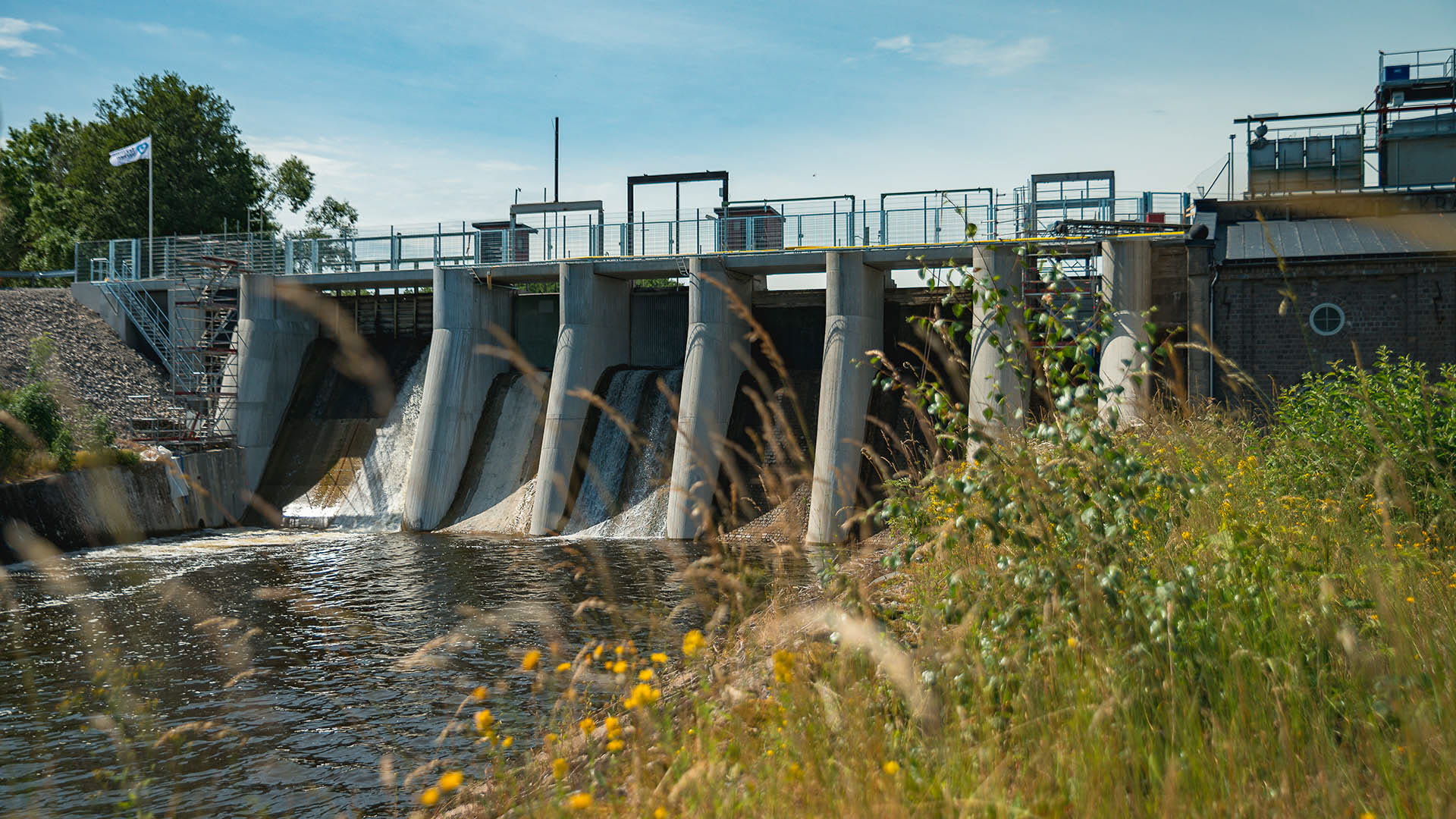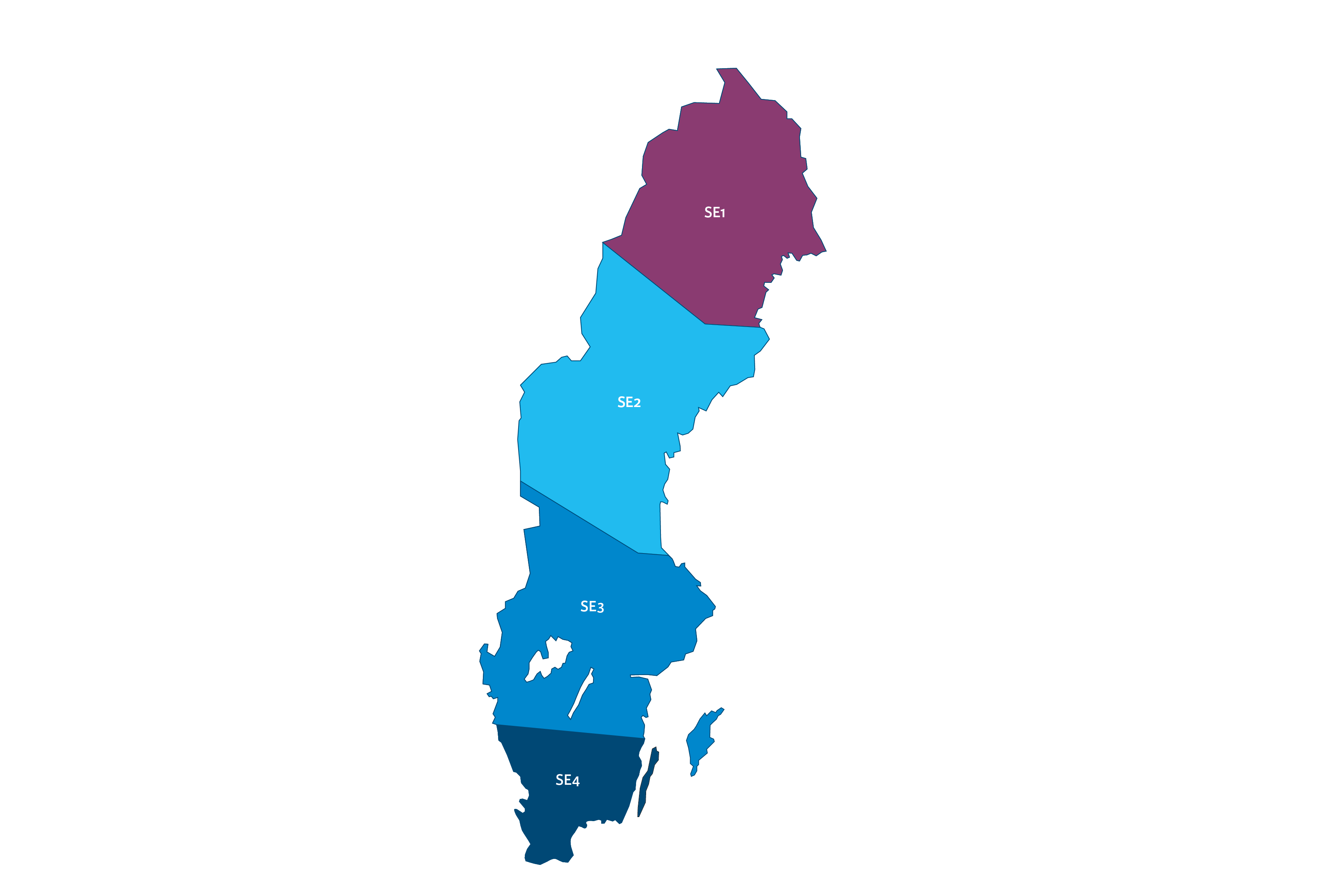The electricity market, now and then
The demand for electricity is sure to increase in the future. The reason for this is that we are buying more electric vehicles and that a number of industries are switching to more fossil-free production. New conditions translate into new demands on electricity generators, on electricity grid owners (elnätsägare) and on you – as an electricity consumer.



